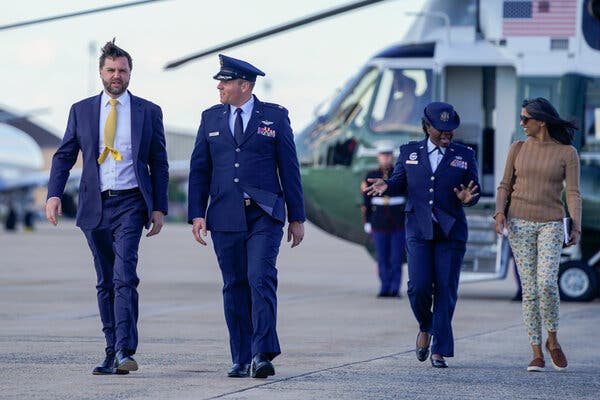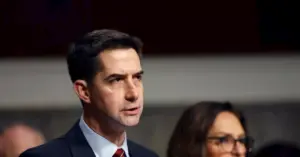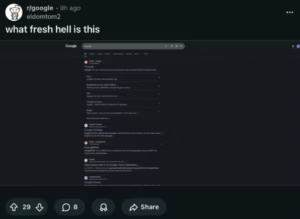
Vice President JD Vance is set to arrive in Israel on the morning of October 17, 2023, for discussions with Israeli leaders aimed at reinforcing a fragile cease-fire deal in Gaza. This truce, established earlier this month between Israel and Hamas, follows nearly two years of intense conflict and is based on a framework proposed by President Donald Trump.
On October 13, Hamas released 20 Israeli hostages in a significant exchange that also saw Israel free nearly 2,000 Palestinian prisoners. Despite these developments, the cease-fire is under increasing pressure as Vance embarks on his visit, which will last until October 19.
Recent violence has highlighted the tenuous nature of the agreement. On October 15, Palestinian militants attacked Israeli soldiers in the southern Gaza city of Rafah, resulting in the deaths of two Israeli soldiers. Israel retaliated with airstrikes, leading to the deaths of at least 45 Palestinians, according to reports from Gaza health officials. Analysts warn that this cycle of violence could undermine the cease-fire further.
Meetings with Israeli Leadership
In a speech delivered to the Knesset, Israel’s Parliament, Prime Minister Benjamin Netanyahu indicated that discussions with Vance would focus on “security challenges and diplomatic opportunities.” He expressed confidence that Israel could both address immediate threats and explore avenues for peace.
Vance’s delegation includes Steve Witkoff, Trump’s Middle East envoy, and Jared Kushner, Trump’s son-in-law. Both are already in Israel to monitor the cease-fire and played key roles in negotiating the initial agreement with the help of Egyptian, Qatari, and Turkish mediators.
The Trump administration aims to expand the cease-fire into a broader vision for Gaza’s future. This ambitious plan envisions Hamas disarming, an international force overseeing security, and the establishment of an independent Palestinian administration. However, Hamas has expressed serious concerns about disarming its fighters and both parties have yet to fulfill significant aspects of the cease-fire agreement.
Concerns Over Hostage Returns and Crossing Closure
The ongoing situation is complicated by the fact that the remains of 15 hostages, which Hamas is required to return under the cease-fire terms, remain in Gaza. Hamas officials acknowledge the challenges posed by the devastation caused by the conflict, which has hindered their efforts to recover the bodies.
Israeli leaders, including Netanyahu, have accused Hamas of violating the cease-fire by delaying the return of these remains. In response, Israel has kept the Rafah crossing between Gaza and Egypt closed, despite the cease-fire stipulating that it should be opened for civilian movement. This closure has prevented civilians from entering or leaving Gaza for several months, raising humanitarian concerns.
As Vance’s meetings commence, the international community will closely monitor the outcomes, hoping for stability in a region plagued by unrest. The success of the cease-fire and the potential for lasting peace remain uncertain as both sides navigate the complexities of their historical conflict.






